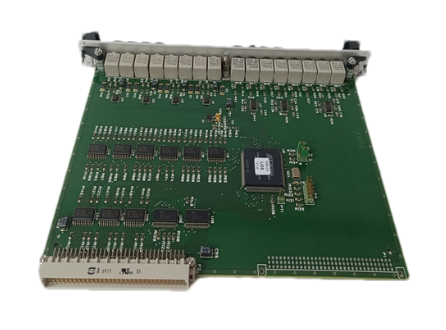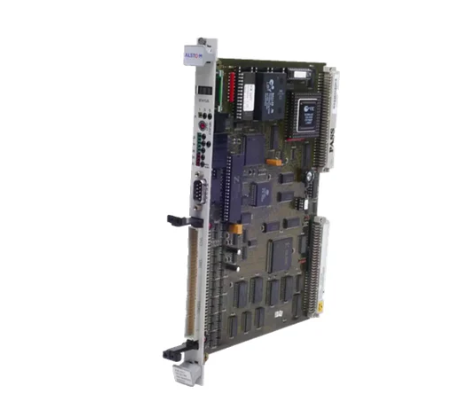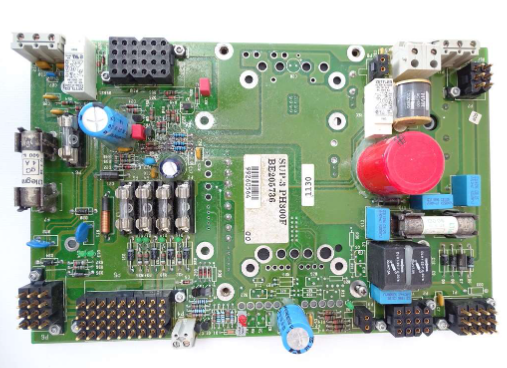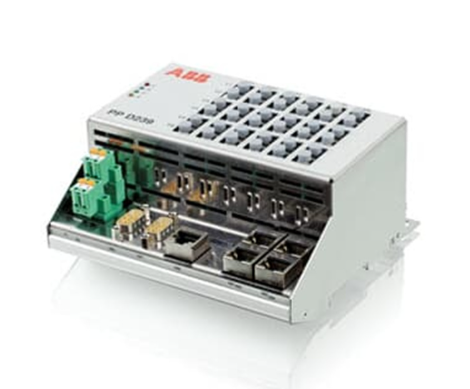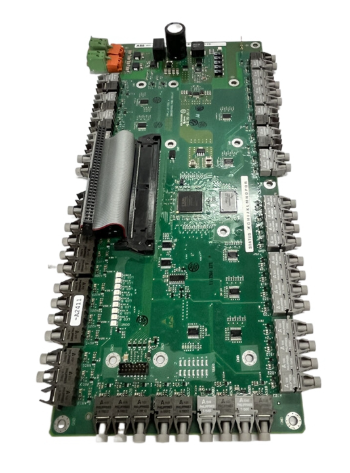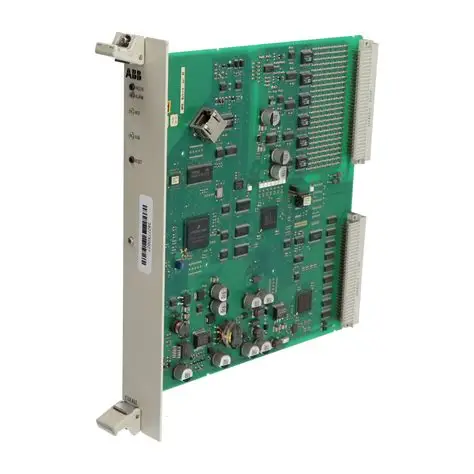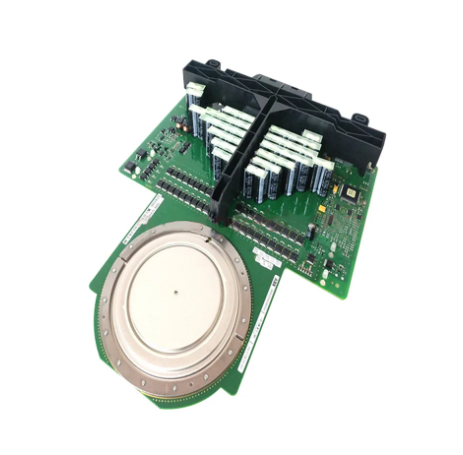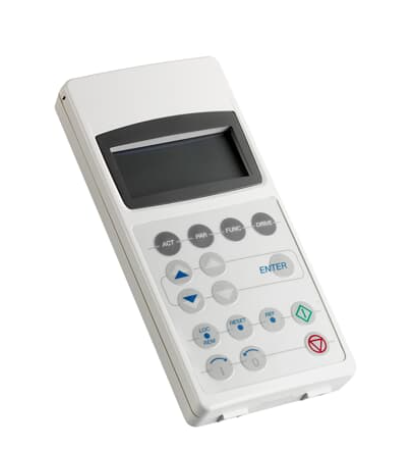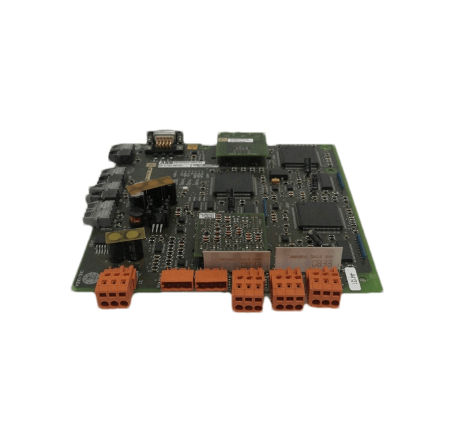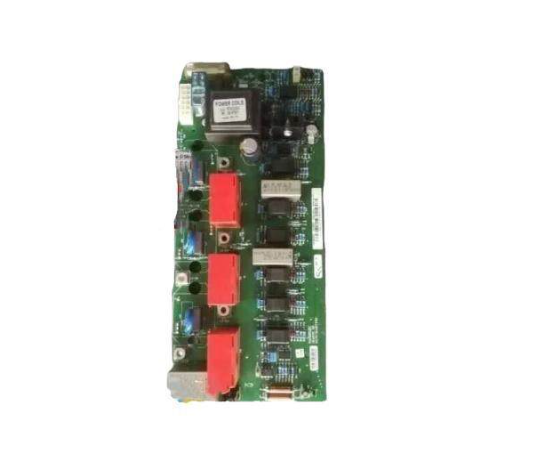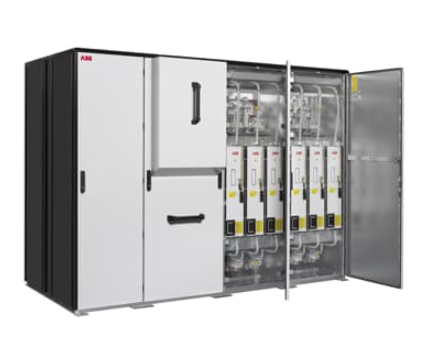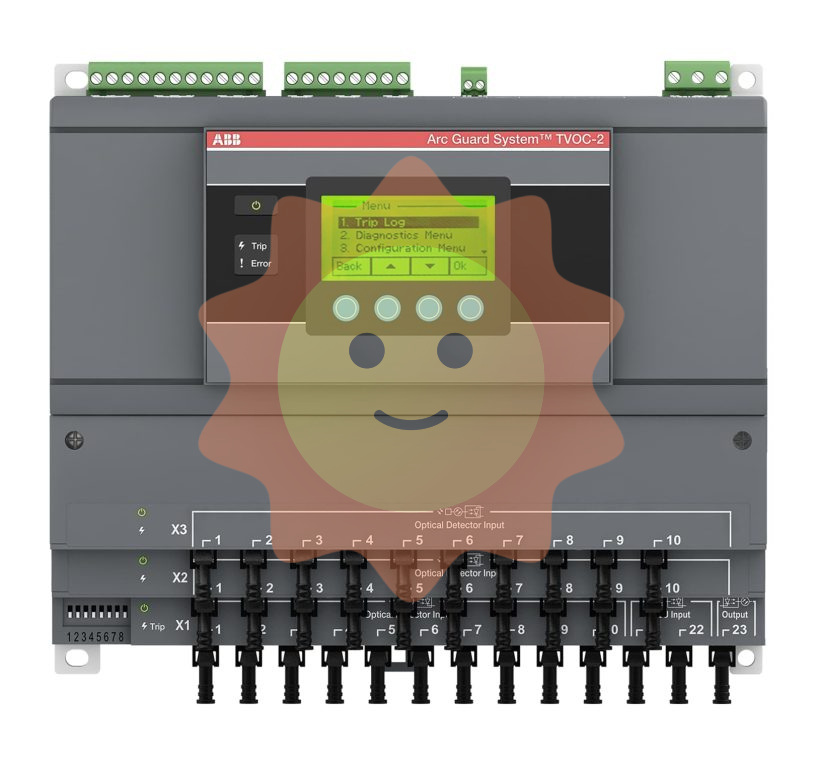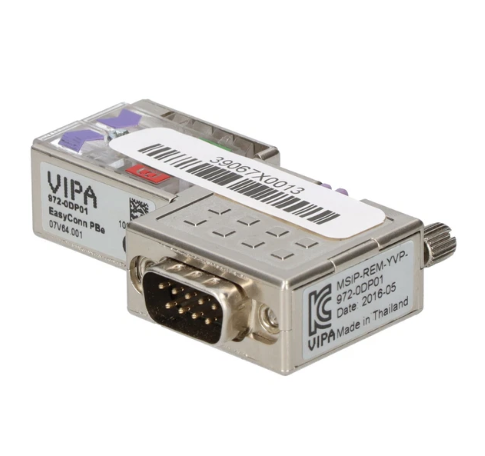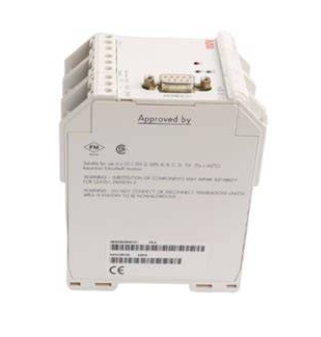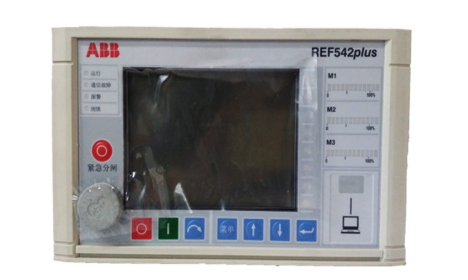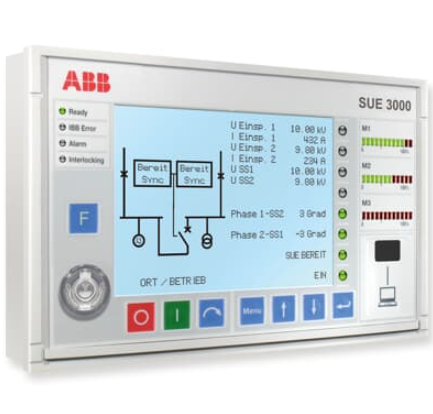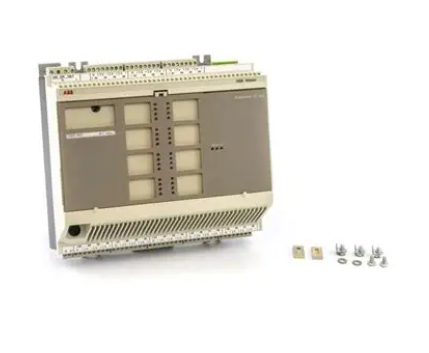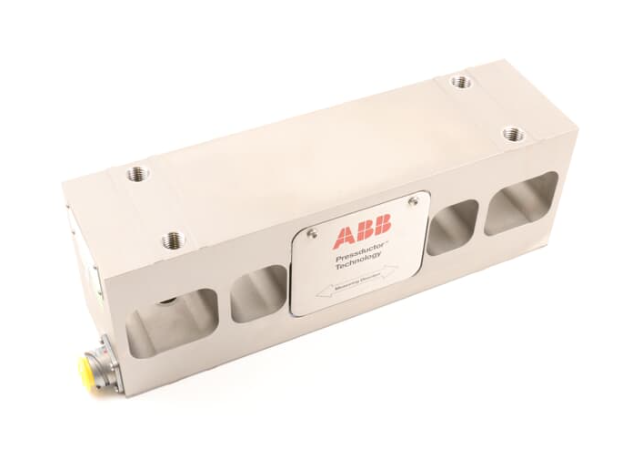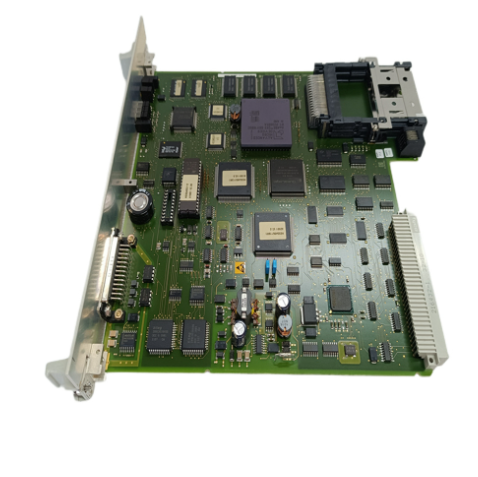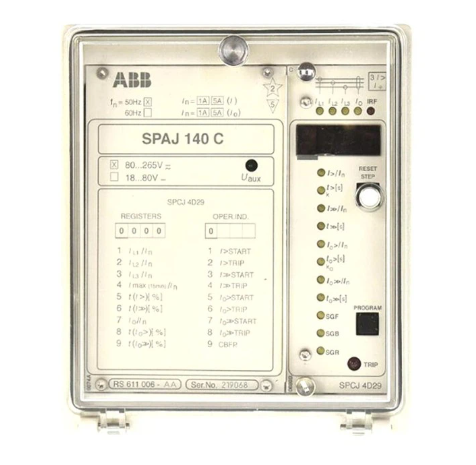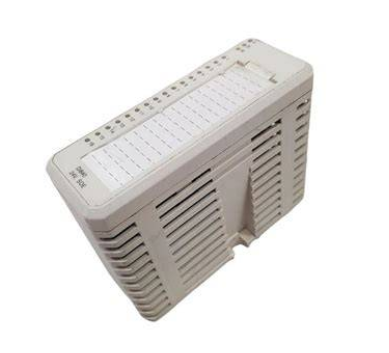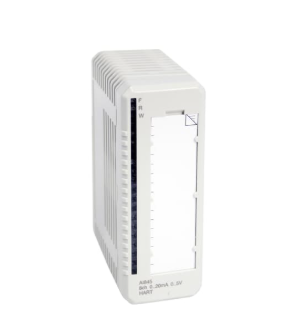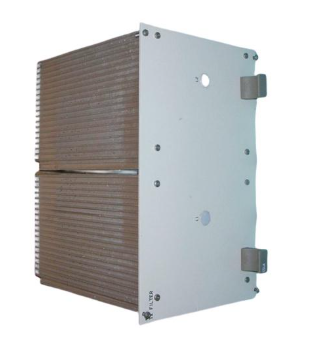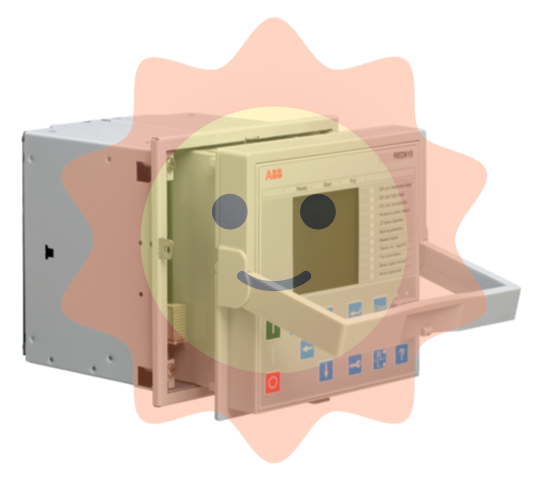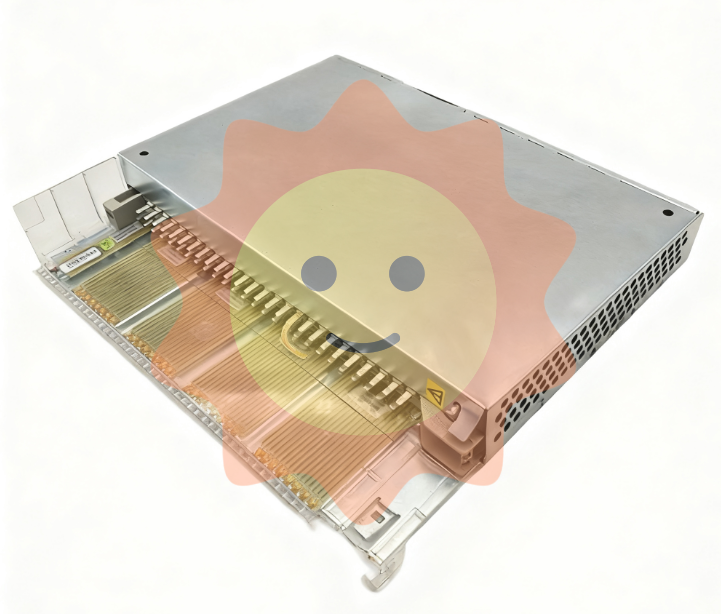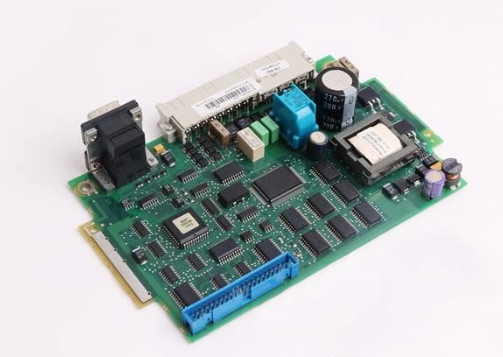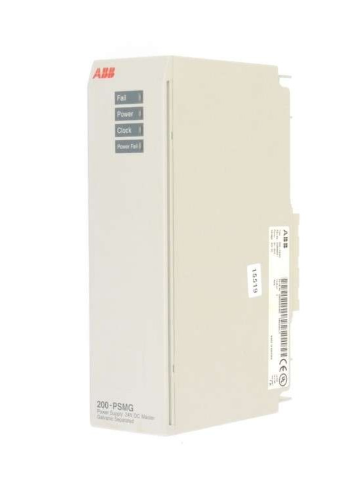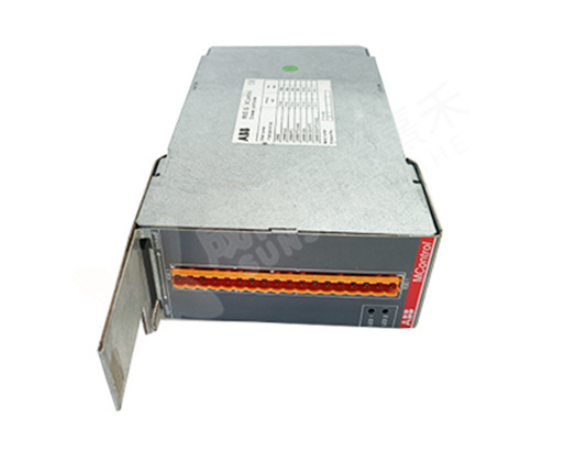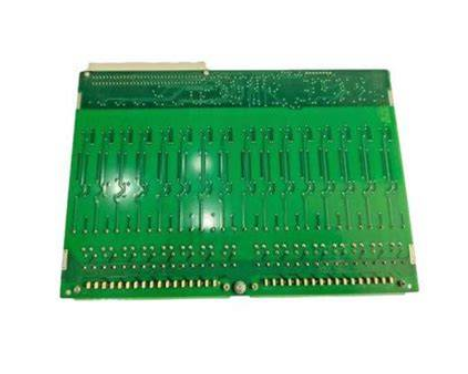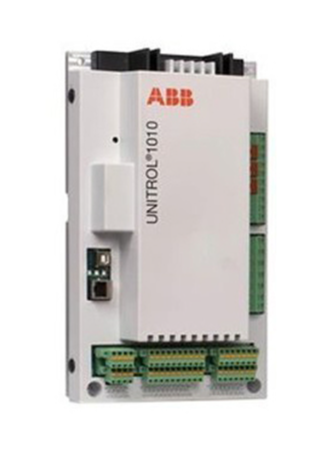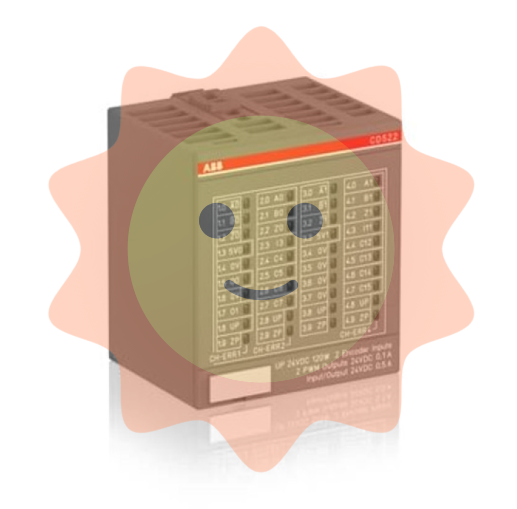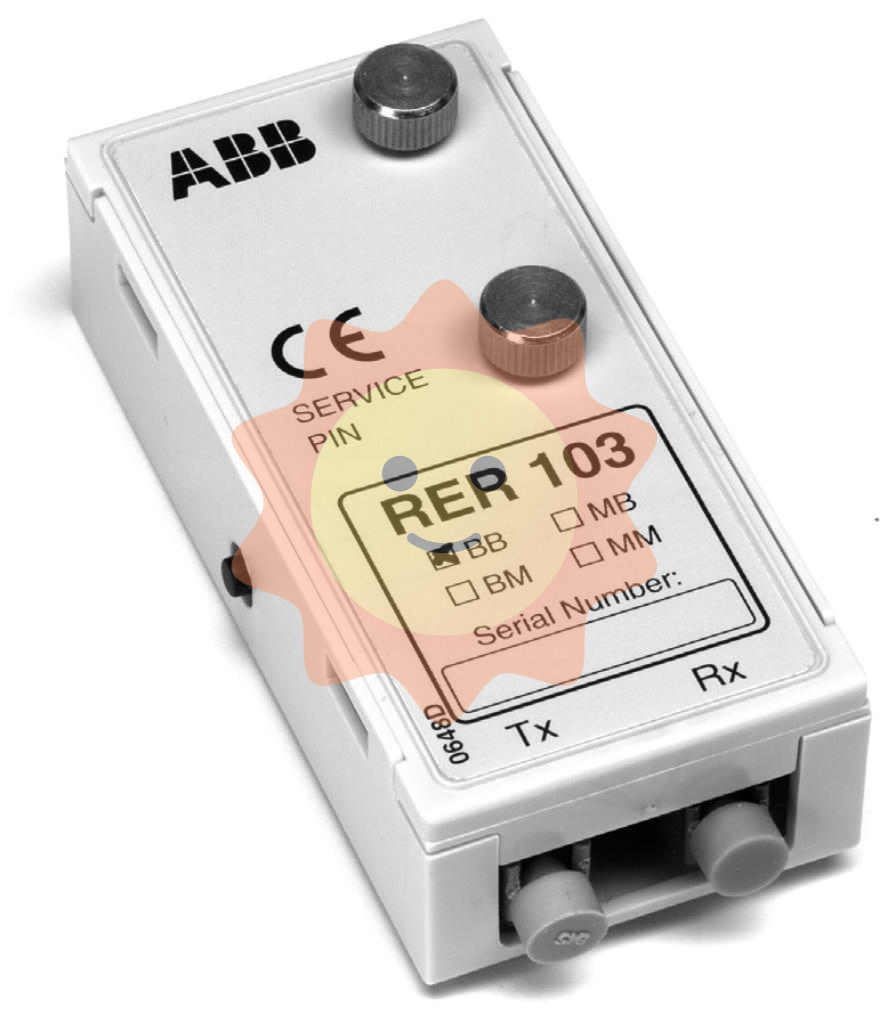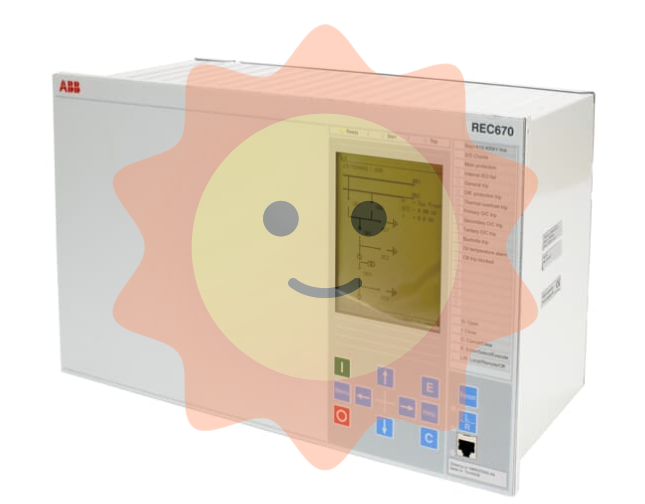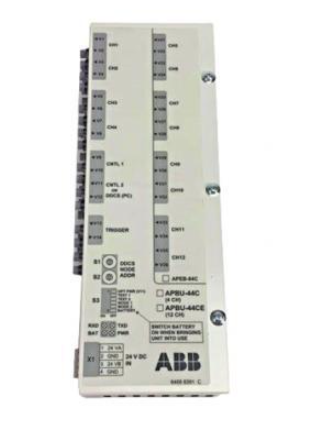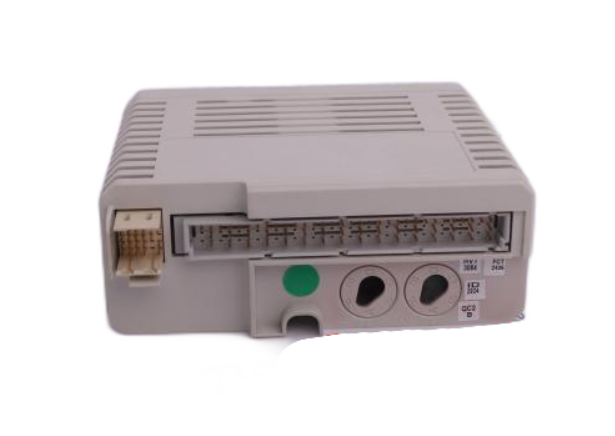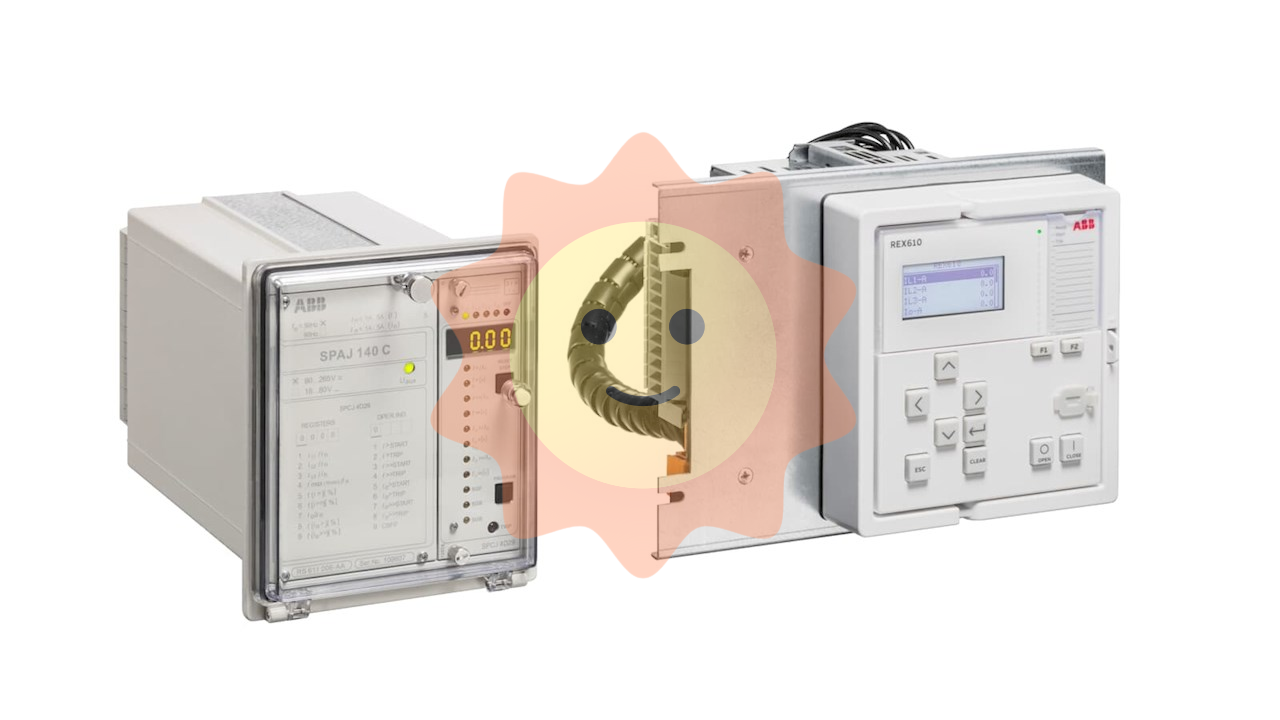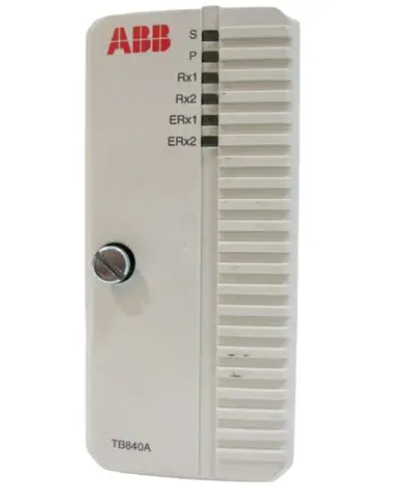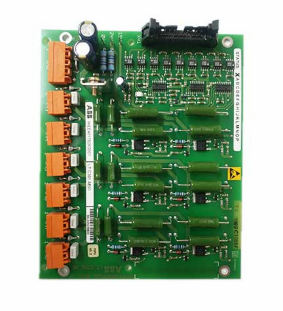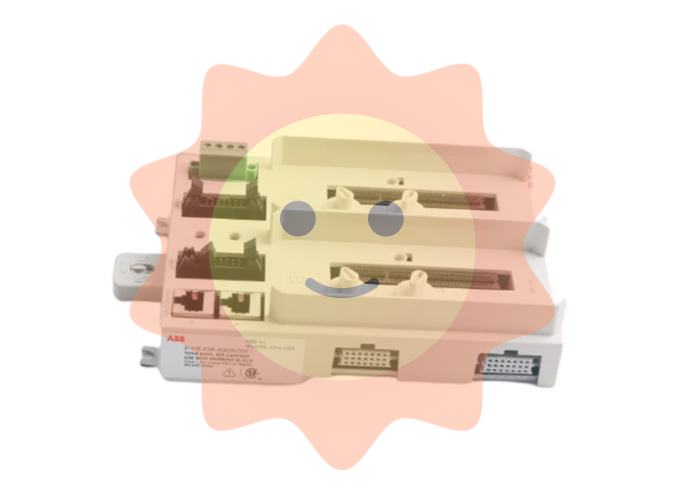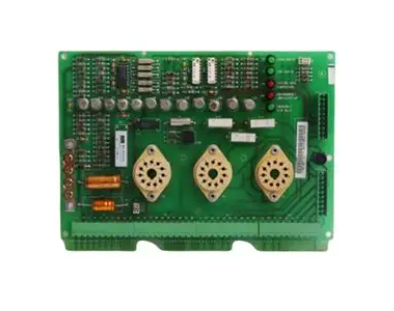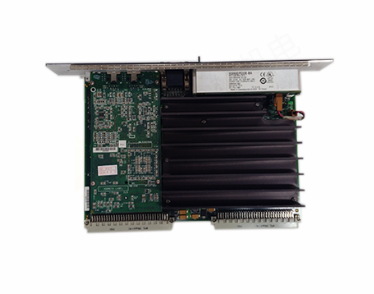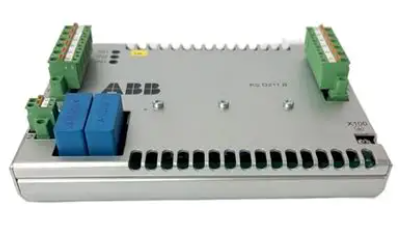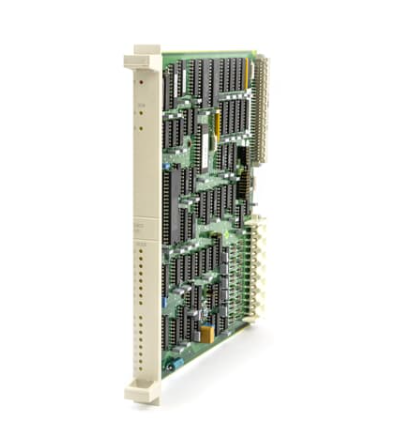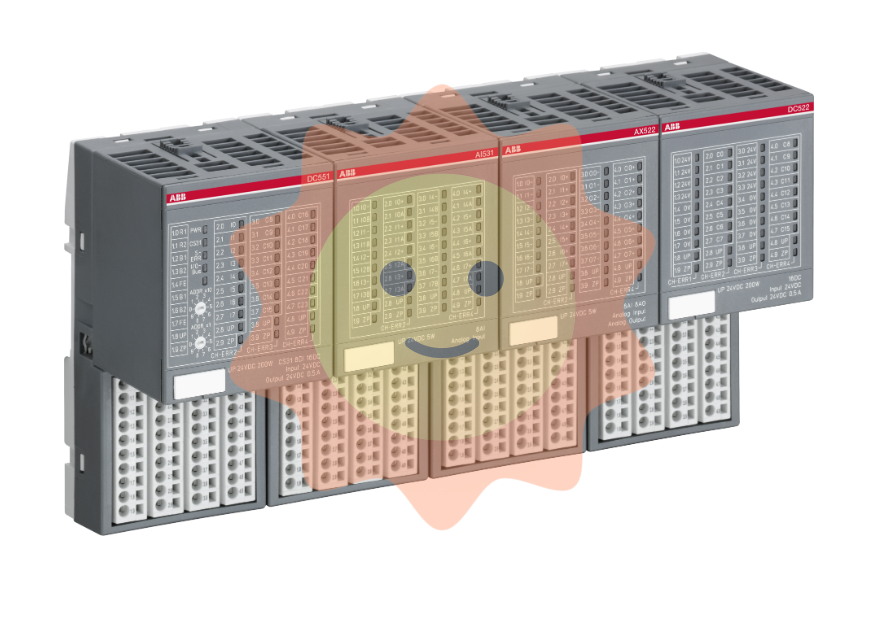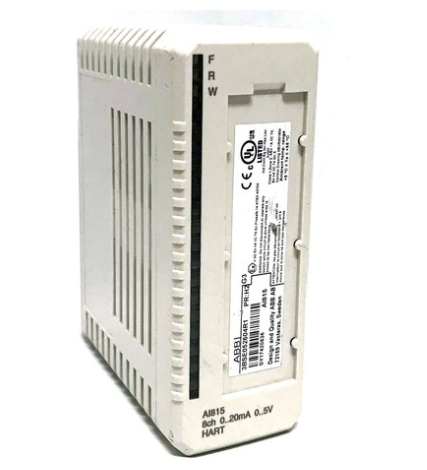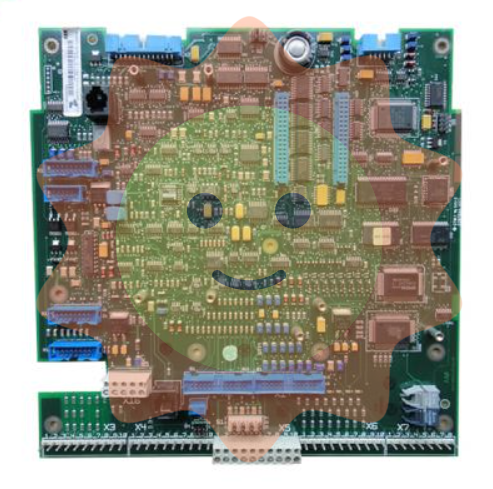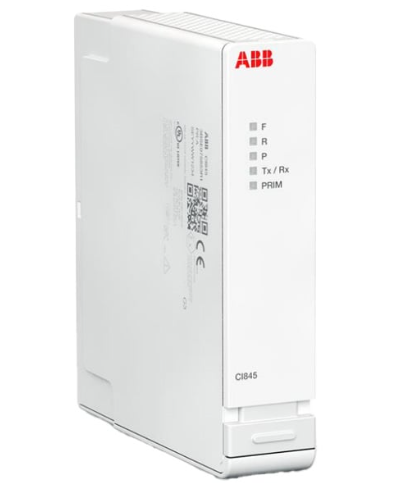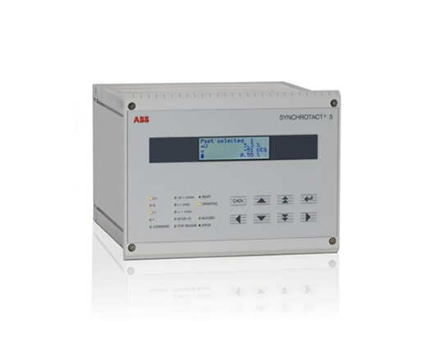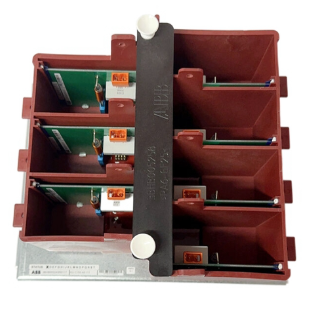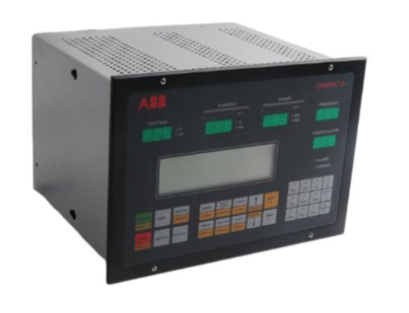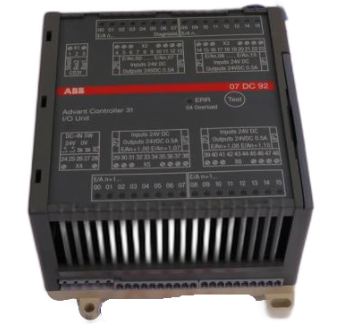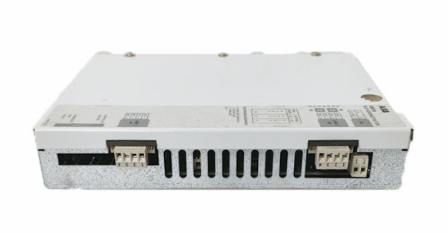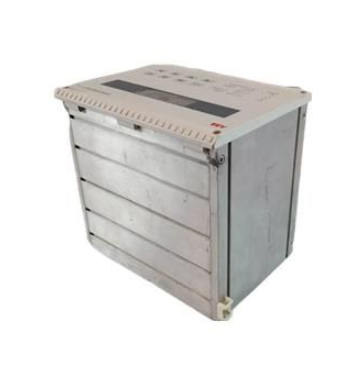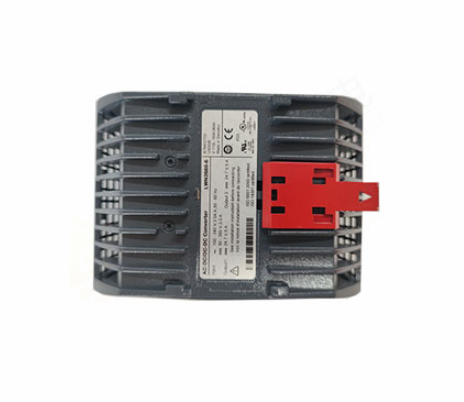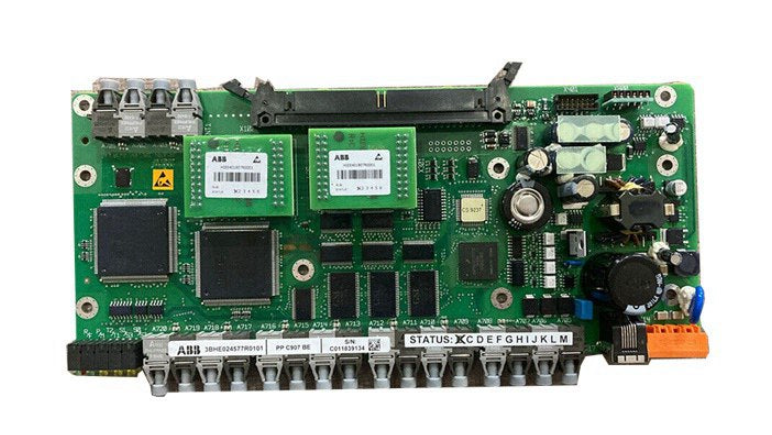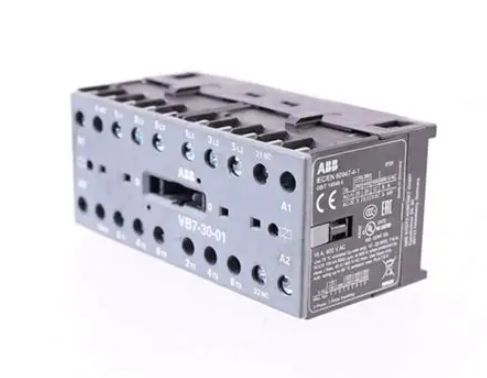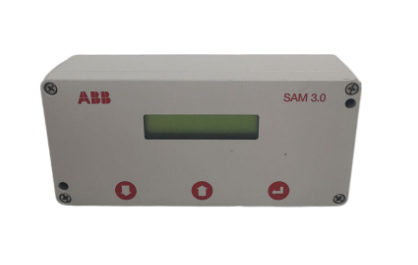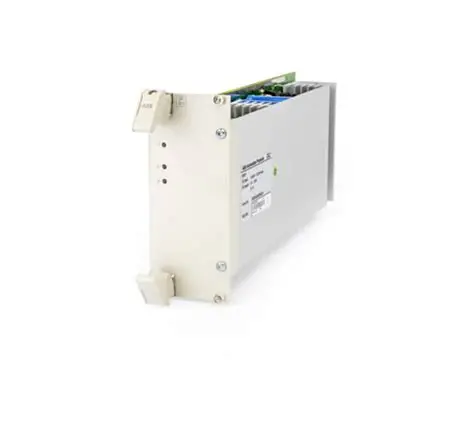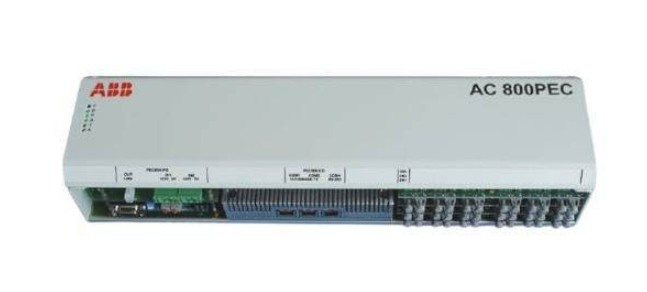Alstom MV7306P21 frequency converte
Alstom MV7306P21 frequency converte
Technical specifications
(1) Electrical parameters
Power range: Supports 24-60Vdc, 48-150Vdc, 130-250Vdc or 100-250Vac, 50/60Hz. The fluctuation range of power supply voltage is ± 20% in DC and -20% to+10% in AC, with ripple not exceeding 12%. The power outage withstand time is 50ms
Load capacity: Different load ports (such as P125, P126, P127) can withstand different powers, generally up to<3W dc or<8VA ac, and the maximum load can reach<5W dc or<12VA ac (depending on the port).
(2) Protection setting range
Phase overcurrent protection (taking P126 as an example)
Setting range I>: No or Yes can be selected, the current setting range is 0.1 In -25 In, and the accuracy is 0.01 In
Delay type: DT or IDMT (including multiple curves such as IEC-STI, IEC_SI, etc.).
Trip delay: 0-150s, accuracy 0.01s
TMS (time multiplier setting): 0.025-1.5, accuracy 0.025.
Reset feature: DT or IDMT, RTMS (reset time multiplier setting) 0.025-1.5, accuracy 0.025.
TReset (return time): 0.00 s-100 s, accuracy 0.01 s
I>and I>>... I>>>can set interlocks, select No or Yes.
Zero sequence overcurrent protection (P125, P126&P127)
Zero sequence current fundamental frequency and zero sequence voltage fundamental frequency monitoring.
Minimum operating zero sequence voltage: 1V (Uen: 57-130V); 3V(Uen: 220 - 480V)。
High sensitivity current setting (Cortec code P12-C-XX): Ie>range 0.002 Ien-1 Ien, accuracy 0.001 Ien, etc. (different sensitivities correspond to different ranges and accuracies).
Delay type, trip delay TMS、 The reset characteristics and other settings are similar to phase overcurrent protection.
Sensitivity angle (0 ° -359 °, accuracy 1 °) and trip zone (10 ° -170 °, accuracy 1 °) can be set.
Installation Guide
Installation environment requirements: The equipment should be installed in a dry, well ventilated environment, avoiding high temperature, high humidity, and strong electromagnetic interference areas. The recommended ambient temperature is within [specific temperature range], and the relative humidity should not exceed [specific humidity value].
Installation steps
Install the wiring board firmly onto the DIN rail, ensuring a secure installation and avoiding looseness.
Secure the interface unit and I/O module to the wiring board with bolts, paying attention to the correct installation direction and tightening the bolts to the specified torque.
Connect all on-site data wiring to ensure correct and secure connections, and avoid issues such as virtual connections and short circuits. When wiring, refer to the wiring diagram for operation.
Grounding requirements: The equipment casing must be reliably grounded, and the grounding resistance should be less than [specific resistance value] to ensure the safe operation and anti-interference ability of the equipment.
Operation Guide
Power on process: After checking the equipment wiring and installation, connect the auxiliary power supply, and the power indicator light should light up normally. Wait for the device self-test to complete. If any abnormalities are found during the self-test process, the corresponding fault indicator light will light up.
Human machine interface operation: Parameter settings, status monitoring, and other operations can be performed through the human machine interface. Voltage and other parameters can be set in the Configuration/General menu options, such as setting the voltage to 2Vpn+Vr (depending on actual needs).
Common operation examples: To set the phase current protection threshold, enter the corresponding protection setting menu, select the threshold type (such as fixed time limit, inverse time limit, etc.), set the setting value and other related parameters (such as trip delay, etc.).
Maintenance and upkeep
Daily inspection: Check the appearance of the equipment daily for any damage or deformation, ensure the status of the indicator lights is normal, and check for any abnormal sounds or odors. Regularly check whether the wiring is loose, and tighten it promptly if there is any looseness.
Regular maintenance: Conduct comprehensive maintenance every [specific time period], including cleaning the surface and internal dust of the equipment, and checking whether the components on the circuit board are damaged or show signs of aging. Perform functional testing on the equipment, such as phase current protection testing, phase voltage protection testing, etc., to ensure that all functions of the equipment are normal.
Troubleshooting and handling: If the equipment malfunctions, troubleshooting can be carried out based on the fault indicator light and human-machine interface prompt information. If an overcurrent fault occurs, check whether the load is overloaded and whether the protection setting value is reasonable. The common faults and their solutions are as follows:
Power failure: Check if the power input is normal, if the fuse is blown, and if the power module is damaged.
Communication failure: Check if the communication line connection is normal and if the communication protocol settings are correct.
Protection action: Analyze the reasons for the protection action, such as overcurrent, overvoltage, etc., and reset the protection after troubleshooting.
- EMERSON
- Honeywell
- CTI
- Rolls-Royce
- General Electric
- Woodward
- Yaskawa
- xYCOM
- Motorola
- Siemens
- Rockwell
- ABB
- B&R
- HIMA
- Construction site
- electricity
- Automobile market
- PLC
- DCS
- Motor drivers
- VSD
- Implications
- cement
- CO2
- CEM
- methane
- Artificial intelligence
- Titanic
- Solar energy
- Hydrogen fuel cell
- Hydrogen and fuel cells
- Hydrogen and oxygen fuel cells
- tyre
- Chemical fiber
- dynamo
- corpuscle
- Pulp and paper
- printing
- fossil
- FANUC
- Food and beverage
- Life science
- Sewage treatment
- Personal care
- electricity
- boats
- infrastructure
- Automobile industry
- metallurgy
- Nuclear power generation
- Geothermal power generation
- Water and wastewater
- Infrastructure construction
- Mine hazard
- steel
- papermaking
- Natural gas industry
- Infrastructure construction
- Power and energy
- Rubber and plastic
- Renewable energy
- pharmacy
- mining
- Plastic industry
- Schneider
- Kongsberg
- NI
- Wind energy
- International petroleum
- International new energy network
- gas
- WATLOW
- ProSoft
- SEW
- wind
- ADVANCED
- Reliance
- YOKOGAWA
- TRICONEX
- FOXBORO
- METSO
- MAN
- Advantest
- ADVANCED
- ALSTOM
- Control Wave
- AB
- AMAT
- STUDER
- KONGSBERG
- MOTOROLA
- DANAHER MOTION
- Bently
- Galil
- EATON
- MOLEX
- Triconex
- DEIF
- B&W
- ZYGO
- Aerotech
- DANFOSS
- KOLLMORGEN
- Beijer
- Endress+Hauser
- MOOG
- KB
- Moxa
- Rexroth


Email:wang@kongjiangauto.com

